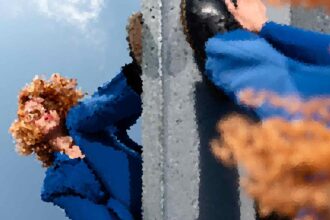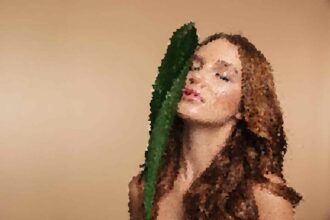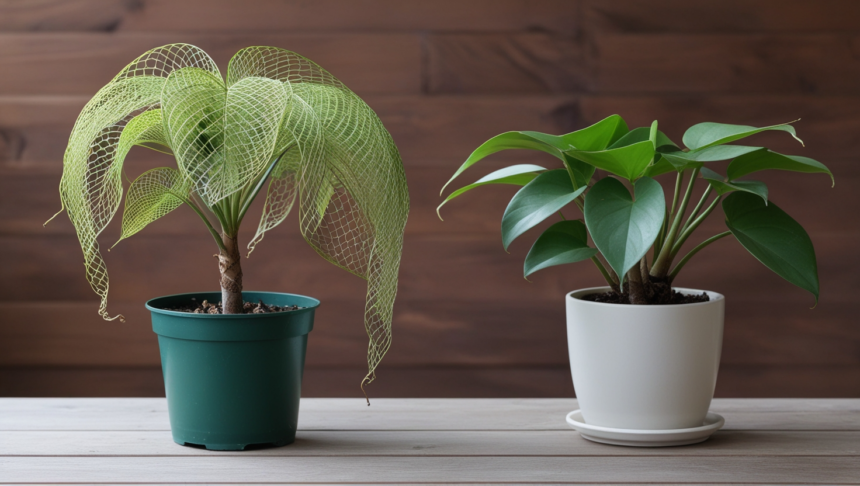Introduction to Is The Schefflera Dicot or Monocot
Are you curious about the Schefflera plant and its classification? You’re not alone. Many plant enthusiasts, gardeners, and nature lovers often wonder whether this popular houseplant is a Is The Schefflera Dicot or Monocot. Understanding these classifications can deepen our appreciation of the diverse world of plants around us. So, let’s delve into the fascinating distinctions between dicots and monocots while exploring how the Schefflera fits into this botanical puzzle!
Understanding the Difference Between Dicot and Monocot Plants
Dicots and monocots are two primary classifications of flowering plants. The main difference lies in their seed structure. Dicots, or dicotyledons, have seeds with two embryonic leaves or cotyledons. Monocots, short for monocotyledons, only have one.
Leaf vein patterns also set them apart. In dicots, veins often form a branched network. Meanwhile, monocot leaves display parallel veining that runs alongside each other.
Root systems differ as well. Dicots typically develop a taproot system with one dominant root branching off into smaller roots. Monocots tend to have fibrous roots that spread out more horizontally.
Flowers provide another clue to their classification; dicots usually feature flower parts in multiples of four or five while monocot flowers appear in threes or sixes. Understanding these characteristics helps plant enthusiasts identify and appreciate the vast diversity within the plant kingdom.
Characteristics of a Dicot Plant
Dicot plants, or dicotyledons, showcase a fascinating array of features that set them apart. One defining characteristic is their seed structure, which typically contains two embryonic leaves or cotyledons. This duality often influences their growth and development.
The leaf structure in dicots usually exhibits a broad and net-like vein pattern. This contrasts sharply with the straight veins found in monocots. Just look at a maple leaf versus a palm frond for a clear comparison.
Another notable trait is the arrangement of vascular tissue. In dicots, vascular bundles form a circular pattern within the stem, providing support and flexibility as they grow taller over time.
When it comes to flowers, many dicots boast complex structures with petals arranged in multiples of four or five. This diversity adds to their appeal among gardeners and nature enthusiasts alike.
Characteristics of a Monocot Plant
Monocot plants are fascinating in their structure and growth. One of their most distinctive features is the presence of a single cotyledon, which is the first leaf that emerges from a germinating seed.
These plants typically exhibit long, narrow leaves with parallel veins. This vein pattern aids in transporting water and nutrients efficiently across the leaf surface.
When it comes to flowers, monocots usually have floral parts in multiples of three. Think about lilies or orchids; their beauty often stems from this unique arrangement.
The root system also sets monocots apart. They generally possess fibrous roots rather than a taproot system. This allows them to spread out widely, helping them access moisture more easily.
Monocots tend to grow more rapidly than dicots, making them popular choices for gardeners looking for quick results in their landscapes.
Examining the Structure and Growth Pattern of the Schefflera Plant
The Schefflera plant, commonly known as the umbrella tree, exhibits a distinctive structure that sets it apart. Its leaves are glossy and palmate, often resembling an open hand with several leaflets radiating from a central point. This unique formation not only adds aesthetic appeal but also helps in maximizing sunlight absorption.
As for growth patterns, Schefflera tends to thrive in well-draining soil and moderate light conditions. It can grow into a bushy shrub or develop into a small tree depending on its environment. The height of the plant can reach up to 10 feet indoors if given proper care.
Another intriguing aspect is its adaptability to various indoor settings. Whether placed near windows or in dimly lit corners, this resilient plant continues to flourish while maintaining its lush appearance. Such characteristics make it not just visually appealing but also relatively easy to care for.
Identifying the Schefflera as a Dicot or Monocot
When identifying the Schefflera plant, one key aspect to consider is its classification as a dicot. The distinctive features of this plant provide clear clues.
Schefflera typically showcases broad leaves with a palmate venation pattern. This characteristic aligns well with dicots, which often exhibit such leaf structures.
Another significant indicator lies in the stem’s anatomy. Dicot plants usually possess vascular bundles arranged in a circular pattern within their stems, allowing for robust growth and support.
Additionally, the presence of multiple cotyledons further reinforces its identity as a dicot. A closer look at seed structure or development can also confirm this classification.
Understanding these traits not only helps identify Schefflera but also enhances appreciation for its unique botanical characteristics.
Importance of Knowing the Classification of Plants
Understanding the classification of plants goes beyond academic interest. It helps gardeners and horticulturists select the right species for their environment.
Knowing whether a plant is a dicot or monocot can influence growth patterns, care requirements, and even pest management strategies. Dicot plants often have broader leaves and deeper root systems, while monocots typically feature narrower leaves and fibrous roots.
This knowledge aids in biodiversity conservation as well. Recognizing various classifications enables better ecosystem management, ensuring that native species thrive alongside cultivated ones.
Moreover, accurate identification plays a crucial role in research and education. It fosters an appreciation for our natural world by highlighting relationships among different plant types.
In commercial agriculture, understanding plant classification can optimize crop production methods tailored to specific needs. This leads to more sustainable practices that benefit both farmers and consumers alike.
Conclusion
Understanding whether the Schefflera is a dicot or monocot enriches our knowledge of plant biology. Identifying its classification helps us appreciate its growth patterns and care requirements.
When you know more about the Schefflera, you can better meet its needs in your garden or home. Its unique characteristics make it a fascinating choice for indoor spaces.
The debate between dicots and monocots may seem academic, but it has practical implications for gardening enthusiasts and botanists alike.
Exploring these classifications opens doors to understanding an entire realm of plants. Each category brings with it distinct features that contribute to biodiversity on our planet.
Embracing this knowledge allows us to cultivate healthier plants, ensuring they thrive in their environments while adding beauty to our lives.
FAQs
Is the Schefflera a popular houseplant?
Yes, the Schefflera is widely loved for its appealing foliage and easy care requirements. It’s often seen in homes and offices.
What are some common types of Schefflera?
There are several species, with Schefflera arboricola (also known as dwarf umbrella tree) being particularly popular among indoor gardeners.
How do I care for my Schefflera plant?
Scheffleras thrive in bright, indirect light but can tolerate lower light conditions. Water when the top inch of soil feels dry, and make sure it has good drainage.
Can I propagate my Schefflera plant?
Yes, propagation is possible through cuttings or by air layering. Just ensure that you provide suitable humidity to encourage root growth.
Does the Schefflera have any pests or diseases to watch out for?
Common issues include spider mites and mealybugs. Regularly check your plant for signs of infestation to keep it healthy.
What should I do if my Schefflera leaves are turning yellow?
Yellowing leaves may indicate overwatering or poor drainage. Adjust your watering schedule accordingly and check if there’s proper airflow around your plant.
Understanding whether the schefflera is a dicot or monocot adds depth to appreciating this lovely plant. Your gardening journey will be all the more insightful knowing these classifications!











